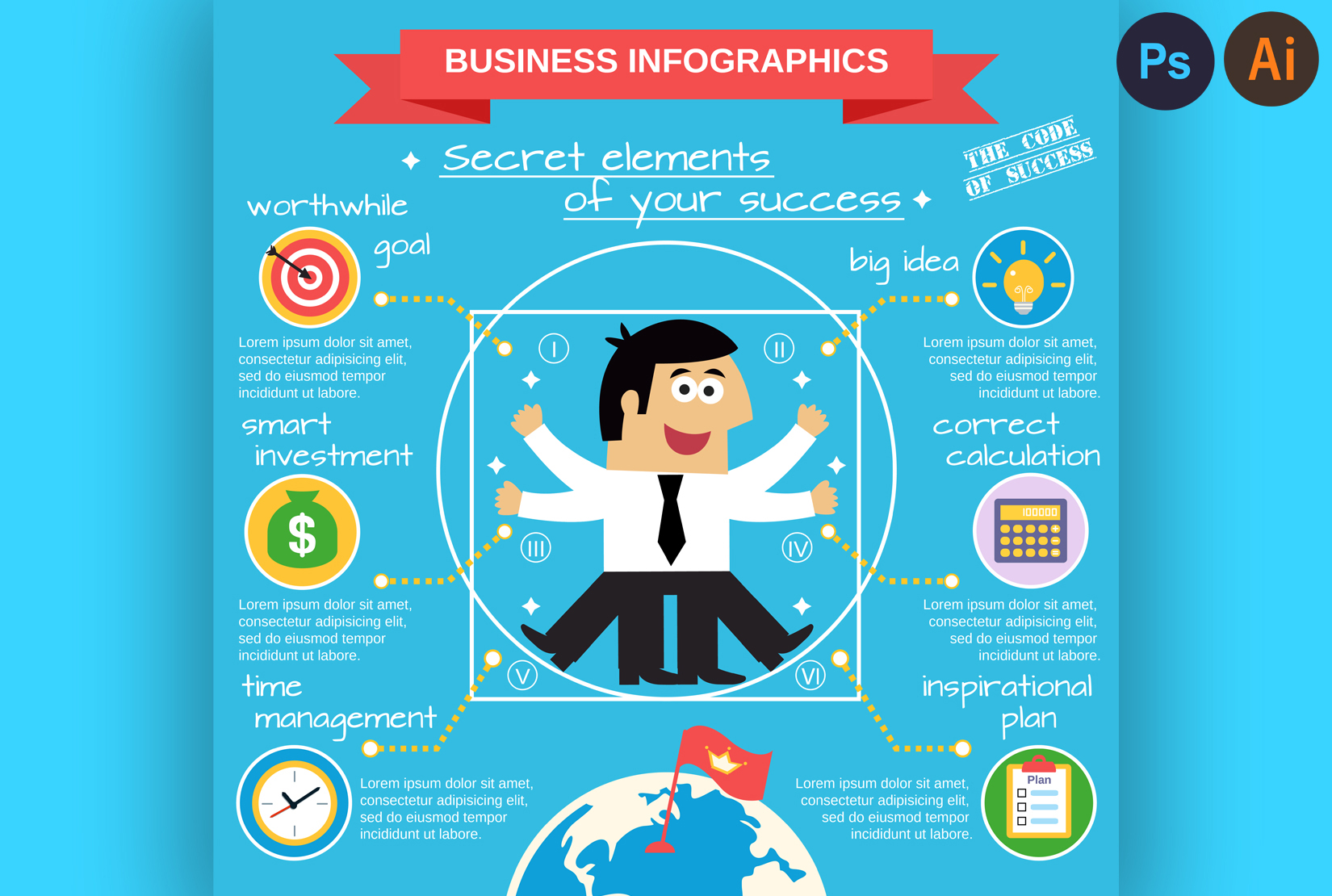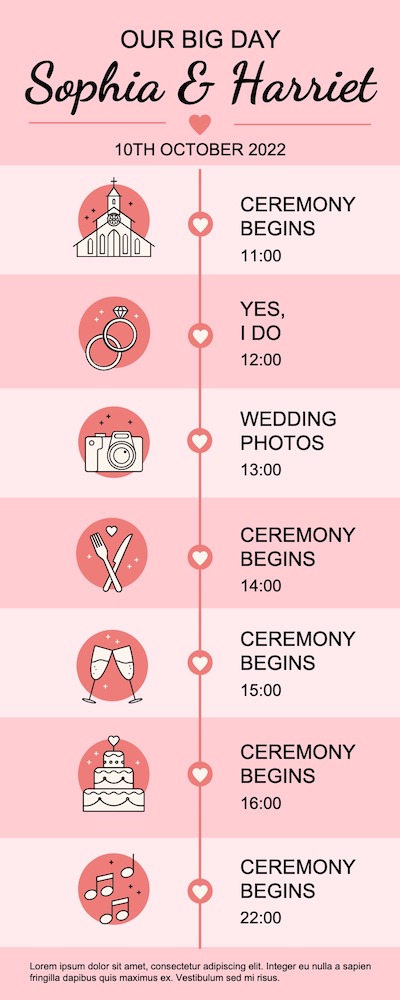

Is readable (text isn’t too small or in a hard-to-read font).Has a layout which is not too cluttered and leads the eye to all information.Uses a limited number of colours which are visually pleasing and enhance the readability of the infographic.Uses images and text which effectively communicate the topic.Uses data visualization formats that are appropriate for type of information being presented (e.g., a map for locations, a pie chart for percentages, etc.).Has an interesting title which describes the main topic.Review the rubric criteria with the students. Divide students into small groups and provide each with a paper copy of the Infographic Rubric (PRINTED ON BOTH SIDES).Note: Infographics can be unusually long or wide, so you may need to pan around the screen or scroll down as students view the infographic. Display the infographic on a projection screen or have students view on a computer/tablet screen.infographic about how and where sharks attack.infographic about the characteristics of ‘dog people’ versus ‘cat people’.It can be on any topic (just search for a given topic and use the word “infographic” in the search). Begin by showing the students an image of an infographic which follows the guidelines below.

Much of what would normally be text is REPLACED by imagery such as illustrations and icons. What infographics do NOT have is a lot of text. Infographics are an effective and creative way to convey a large amount of information and data quickly through the use of visuals such as graphs, charts, diagrams, time lines, maps, images, icons, etc.



 0 kommentar(er)
0 kommentar(er)
